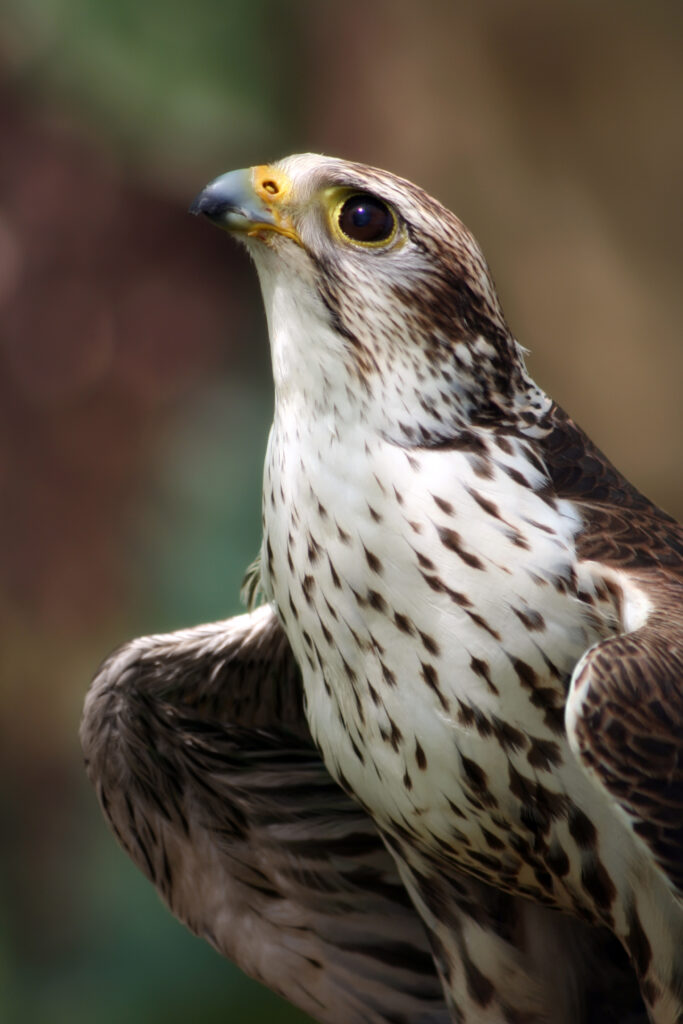Meet the Partner: Wildlife Science and Conservation Center of Mongolia

This June, we welcomed our 123rd BirdLife Partner to the flock, the Wildlife Science and Conservation Center of Mongolia.
Soaring through Mongolia’s wide stretches of blue skies over carpets of rolling green pastures, a Cinerous Vulture uses its expert vision to scan the landscape for its next meal. While declining throughout much of the rest of their range, the Near Threatened Cinerous Vultures seem to persevere amongst Mongolia’s plentiful livestock, and now serve as an emblem of endurance on the logo of our newest BirdLife partner, Wildlife Science and Conservation Center of Mongolia (WSCC).
Mongolia sits at a crucial point for two of our planet’s greatest flyways, the East-Asian Australasian Flyway, and the Central Asian Flyway. Its boundless steppes and waterways provide important stopover and summer breeding sites for migrating birds. These species and habitats are what WSCC has worked to protect for the last 20 years.
Starting in the 1970’s, ornithologists from several other countries began ringing the numerous migratory birds that stop in Mongolia to understand more about migration patterns. In 2002, Dr. Nyambayar Batbayar used the first Mongolian addressed ring on a Cinerous Vulture. This continued research led to the birth of the Wildlife Science and Conservation Center of Mongolia in 2004.
Today, the organisation continues its excellence in bird research with three dedicated bird ringing stations, and several studies tracking migratory birds using satellite tags. This extensive research has revealed untold secrets of migratory birds that are thriving in Mongolia, as well as useful information about the spread of Avian Flu between 2005-2011. On top of this, WSCC has been a leader in conservation outreach, sharing the importance of birds to youth and communities across the country.
WSCC has been close to the BirdLife family for many years, advising on the conservation of species like the Great Bustard, Saker Falcon and Dalmatian Pelican, and participating in high-level policy decisions about migratory birds at the Convention on Migratory Species. The organisation has also worked with Hong Kong Bird Watching Society (BirdLife in Hong Kong) to survey Yellow-breasted Buntings along the Khurkh River Valley.
We are delighted to welcome WSCC as the newest member of the BirdLife flock. Positioned at the heart of two great flyways, Mongolia is a hugely important country and it is great news that WSCC has joined our community to help tackle the biodiversity crisis. BirdLife believes that lasting change comes from strong, national civil society organisations acting both locally and together globally. I have no doubt that WSCC will help our partnership have even greater impact for nature.
Martin Harper, CEO BirdLife International
Just like the Cinerous Vulture that uses its 3 meter wingspan to soar across the skies, helping clean up ecosystems wherever they go, so too will WSCC continue to use their strengths in wildlife research to ensure that landscapes across Mongolia endure for decades to come. Welcome to the flock WSCC.

WSCC has been a forefront of bird research and conservation in Mongolia for many years. By joining in the BirdLife family, we hope our conservation impact will be even greater.
Dr. Nyambayar Batbayar, Director of WSCC
